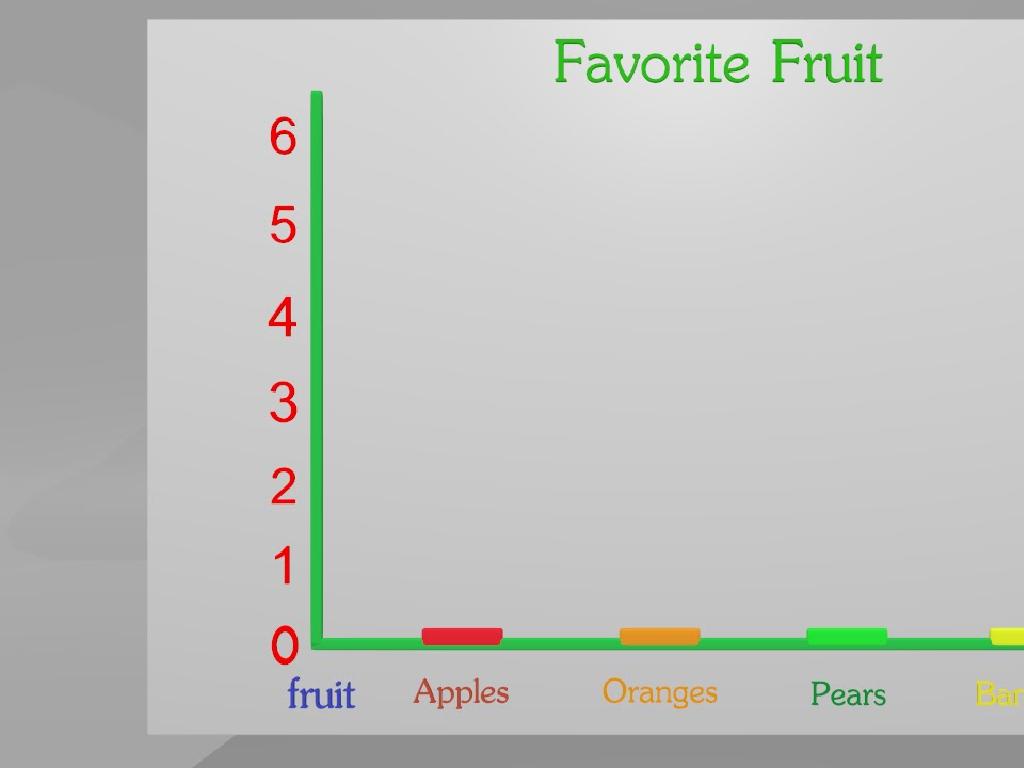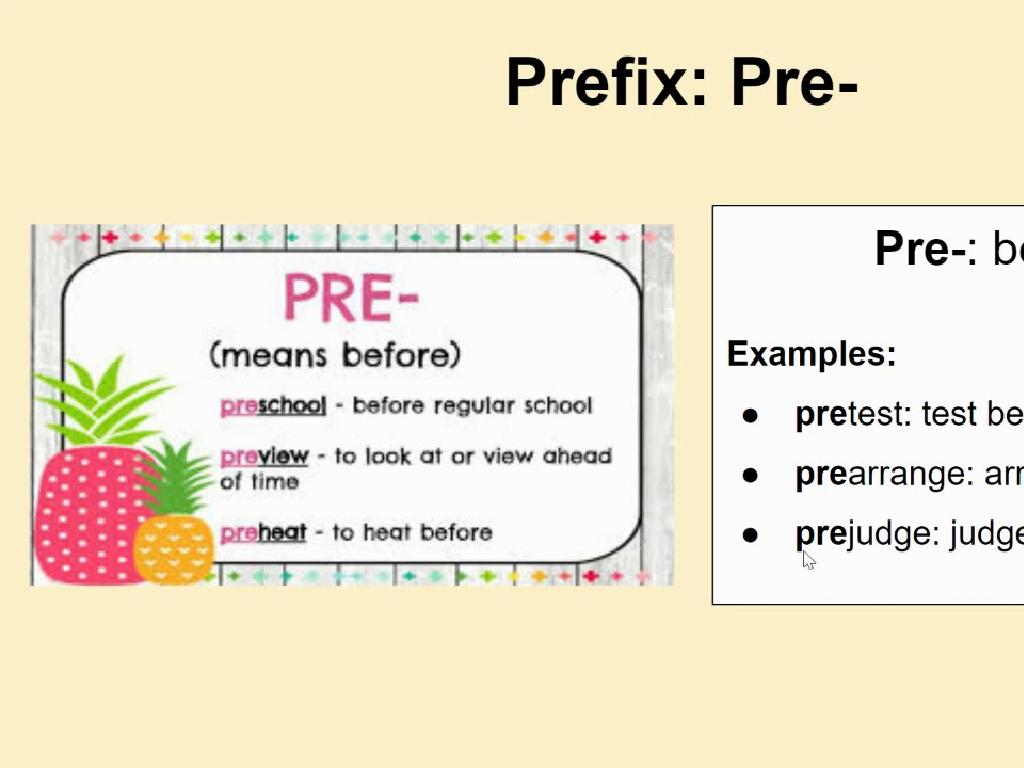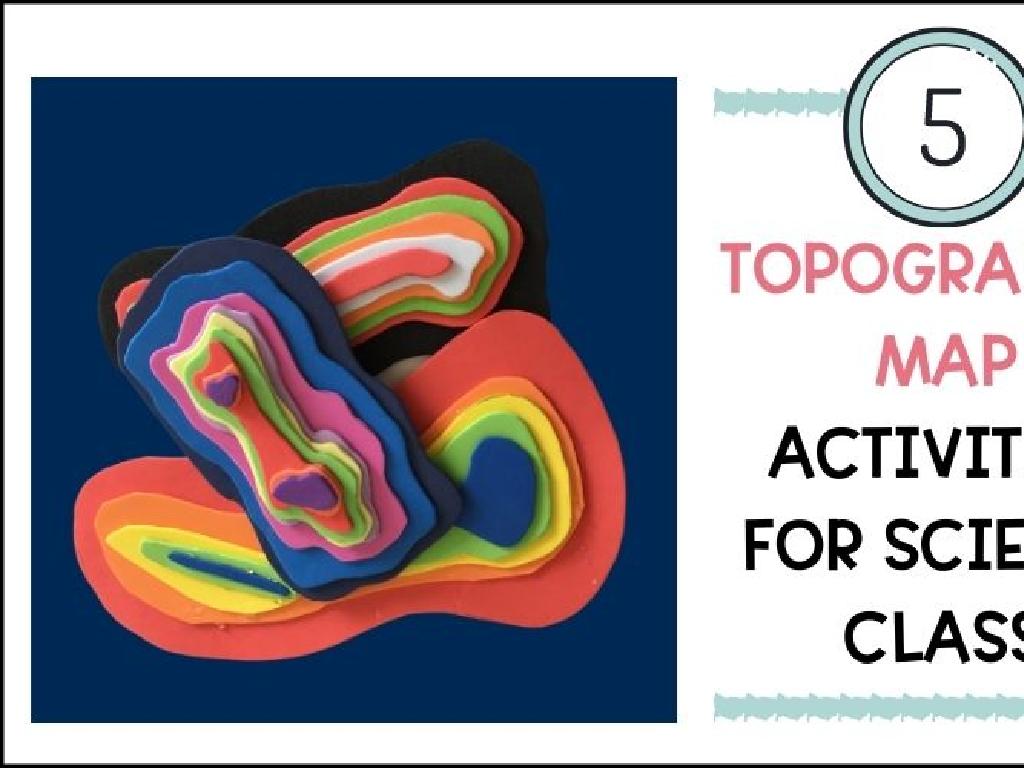Roman Government: Monarchy To Republic
Subject: Social studies
Grade: Seventh grade
Topic: Rome And The Byzantine Empire
Please LOG IN to download the presentation. Access is available to registered users only.
View More Content
From Monarchy to Republic in Ancient Rome
– Transformation of Roman government
– Rome’s shift from kings to a citizen-run republic
– Monarchy vs. Republic explained
– Monarchy: ruled by a king; Republic: citizens have power
– Significance of Roman political evolution
– Understanding foundations of modern democracy
– Relevance to modern governance
– Roman political ideas influence today’s systems
|
This slide introduces the pivotal transformation of Roman government from a monarchy to a republic. It’s crucial to define the terms ‘monarchy’ and ‘republic’ for the students, as these concepts are foundational to understanding the evolution of governance in Rome. Highlight the significance of this transformation by connecting it to the development of democratic principles that underpin modern political systems. Discuss how the Roman Republic laid the groundwork for contemporary ideas of citizenship and civic duty. Encourage students to think about how the legacy of Roman governance is reflected in our own government today.
The Beginnings: Roman Monarchy
– Introduction to Roman Monarchy
– Lasted from 753-509 BC, the initial government form of Rome.
– Roles of Roman Kings
– Kings were central figures, leading armies, and religious rituals.
– Powers of Roman Kings
– Kings had supreme authority, enacting laws, and serving as judges.
– Key Monarchs: Romulus, Numa
– Romulus founded Rome; Numa Pompilius brought early religious and cultural reforms.
|
This slide introduces students to the earliest period of Roman governance, the monarchy. It lasted from 753-509 BC, starting with Romulus, the legendary founder of Rome, and ending with the overthrow of the last king, leading to the establishment of the republic. The kings during this era had various roles including military leadership, religious duties, and judicial authority. Key figures like Romulus, credited with founding Rome and establishing its first institutions, and Numa Pompilius, known for his peaceful reign and religious contributions, are highlighted to give students a sense of the monarchy’s influence on Rome’s development. Discuss the transition from monarchy to republic, emphasizing the significance of this shift in Roman history.
From Monarchy to Republic in Ancient Rome
– The last king and republic’s rise
– King Tarquin the Proud’s fall led to the republic’s birth
– Overthrowing the Roman monarchy
– Romans sought to end the king’s absolute power for a fairer government
– Establishing the Roman Republic
– In 509 BC, Rome instituted a republic, changing political structure
– Significance of 509 BC
|
This slide covers the transition from the Roman monarchy to the republic. Highlight the dissatisfaction with the last king, Tarquin the Proud, which led to the establishment of the republic. Discuss the reasons why Romans wanted to overthrow their monarchy, focusing on the desire for a more equitable system of governance. Explain how the republic was structured with elected officials, a Senate, and assemblies, marking a significant shift from the rule of one to a government by the people. The year 509 BC is pivotal as it marks the official start of the Roman Republic. Encourage students to consider the impact of this change on Roman society and the broader implications for the development of democratic systems.
The Structure of the Roman Republic
– Introduction to Senate, Consuls, Assemblies
– The Senate advised, Consuls executed, Assemblies voted on laws
– Roles within the Republic
– Senators were elite advisors, Consuls were leaders, Assemblies were citizen voices
– Checks and balances concept
– To prevent power abuse, each branch could veto or influence the others
– Impact on modern governance
|
This slide introduces the complex political structure of the Roman Republic, which was a significant shift from monarchy to a more democratic system. The Senate, made up of Rome’s elite, provided long-term stability and advice. Consuls, elected annually, were the executive branch with significant powers but limited terms to prevent tyranny. Assemblies, where citizens voted, were the democratic element of the Republic. The system of checks and balances was innovative, ensuring that no single entity had absolute power, which is a concept that has influenced many modern democratic governments. Encourage students to compare the Roman Republic’s political structure with the U.S. government to understand the lasting impact of Roman political ideas.
Daily Life in the Republic: Social Hierarchy and Rights
– Patricians vs. Plebeians
– Patricians: wealthy elite; Plebeians: common citizens
– Citizenship and voting rights
– Only male citizens could vote; wealth & birth influenced power
– Role of the Tribunes
– Tribunes were officials elected to represent Plebeians
– Protection of Plebeians
– Tribunes had power to veto, safeguarding Plebeian rights
|
This slide explores the social structure and political rights during the Roman Republic. Highlight the division between Patricians, the aristocratic class, and Plebeians, the commoners. Discuss how citizenship was limited to males and how social status affected voting rights and political power. Explain the role of Tribunes, who were elected to protect the interests of the Plebeians against unfair treatment by Patrician magistrates. Emphasize the Tribunes’ power to veto decisions, which served as a check on the authority of the Patricians and helped balance the social dynamics of the Republic. Encourage students to compare ancient Roman social classes and political rights with modern-day equivalents to foster a deeper understanding of historical and contemporary governance.
The Legacy of Roman Government
– Rome’s influence on modern governance
– Rome’s democratic principles shape today’s political systems.
– The republic model’s global impact
– Many nations adopted the republic system, valuing citizen voice.
– Roman law’s lasting significance
– Roman laws form the basis of legal systems worldwide.
– The concept of citizenship
– Roman ideals of citizenship inform current views on civil rights.
|
This slide aims to highlight the significant contributions of Roman government to modern-day governance. Emphasize how the democratic principles of the Roman Republic have influenced contemporary political systems, with a focus on the importance of citizen participation in government. Discuss how the idea of a republic, with elected representatives, has been adopted and adapted by various nations throughout history. Highlight the enduring impact of Roman law, which has served as a foundation for the legal systems of many modern countries. Lastly, talk about the Roman concept of citizenship, which has shaped current perspectives on civil rights and responsibilities. Encourage students to draw parallels between ancient Roman governance and the political systems they are familiar with today.
Role-Play: Roman Government Systems
– Divide into Roman government groups
– Role-play a law discussion scenario
– Pretend you’re senators debating a new law for Rome
– Reflect on the Republic’s challenges
– What difficulties might senators have faced?
– Discuss the Republic’s benefits
– What advantages did the Republic system offer?
|
This class activity is designed to help students actively engage with the historical concept of the Roman Republic. By dividing the class into groups, each representing a different part of the Roman government such as senators, consuls, or tribunes, students will gain a practical understanding of the political dynamics of ancient Rome. Each group will role-play a scenario where they must discuss and debate the passing of a new law, allowing them to explore the complexities of governance and decision-making in the Republic. After the role-play, guide a reflection on the challenges faced by the Roman Republic, such as balancing power and representing diverse interests. Also, discuss the benefits, including checks on power and the inclusion of different social classes in government. This activity will foster critical thinking about historical governance systems and their relevance to modern-day politics.






